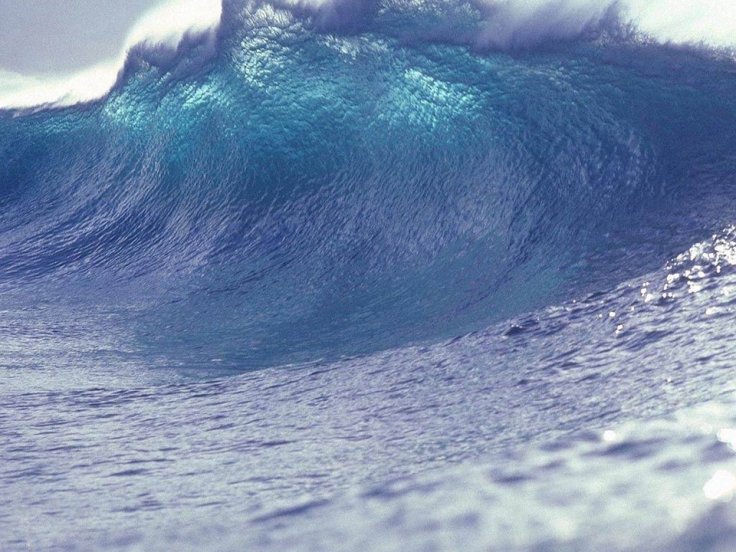
A team of experts comprised of geologists and seismologists has warned that the landslide in an unstable Alaska mountain could trigger a giant tsunami in Harriman Fjord. An open letter signed by the experts revealed that an unstable mountain slope above the leading edge of the retreating Barry Glacier in Alaska is capable of spreading catastrophe in Harriman Fjord where more than 2,91,000 people reside.
Scientists Reveal More Details
In the open letter, the scientists revealed that the giant tsunami could hit anytime within the next 20 years. The researchers warned that the tsunami will attain an altitude of up to 633 feet near the landslide and 35 feet 15 miles away.
"This tsunami could impact areas frequented by tourists, fishing vessels, and hunters (potentially hundreds of people at one time). We believe that it is possible that this landslide-generated tsunami will happen within the next year, and likely within 20 years. The resulting tsunami reached elevations of 633 feet near the landslide, and 35 feet 15 miles away," wrote the researchers in the open letter.
The scientists revealed that there are various factors that could cause landslides in the Alaska mountain, and it includes prolonged rain and continuous seismic activities. Hot weather that could drive the thawing of permafrost could also increase the instability of the mountain, thus causing a devastating tsunami.
"Often, heavy or prolonged rain is a factor. Earthquakes commonly trigger failures. Hot weather that drives thawing of permafrost, snow, or glacier ice can also be a trigger. Commonly, large landslides are preceded by rockfalls and other signs of increasing instability," added the researchers.
Uncertainty Surrounding San Andreas Fault
A few months back, top scientist Thomas Rockwell had claimed that the San Andreas fault is ripe for a major earthquake, that could sink major portions of California. According to Rockwell, a mega quake is overdue in the San Andreas fault, as it has been 380 years since a powerful earthquake hit the region.
"It has now been 380 years since the last large earthquake, so this has led to the idea that maybe we are overdue an earthquake. In any case, it is very clear that the southern San Andreas is certainly ripe for a large earthquake, and the question is; why hasn't it happened?" said Thomas Rockwell.









